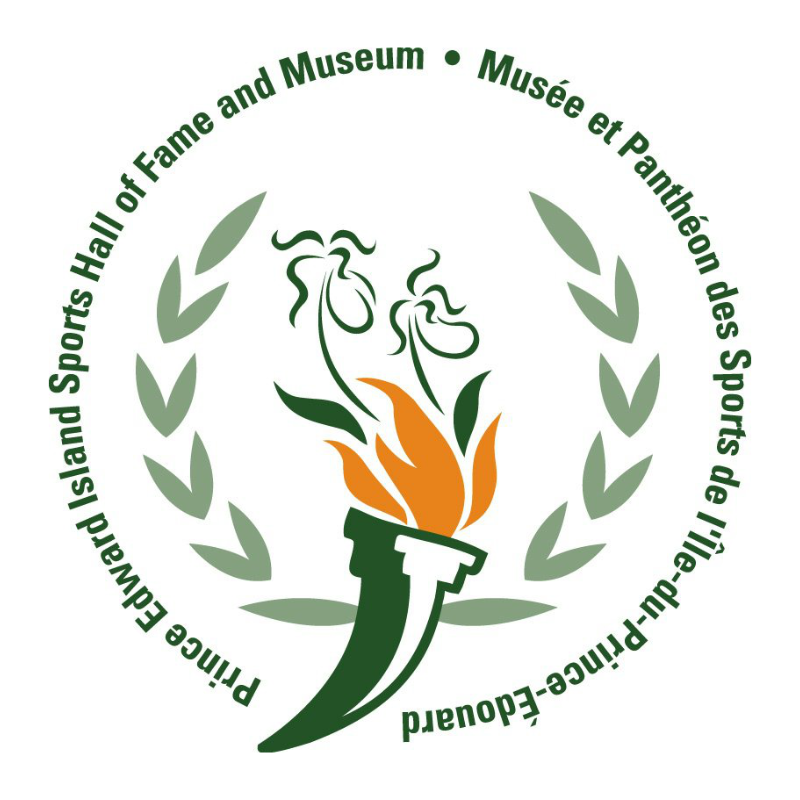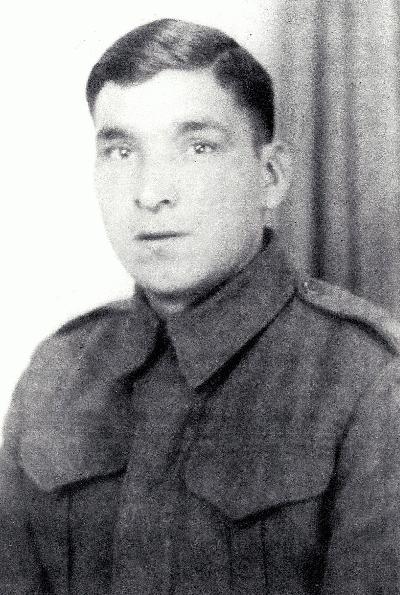First Nations people have a long tradition of running excellence. Tom Longboat was one of the greatest of all, and Prince Edward Island has produced more than its fair share, notably the great Michael Thomas who was the first Islander to run the Boston Marathon, and that great miler Barney Francis, who was oh-so-close to making the Olympic team in 1924, denied only by the Machiavellian acts of rival coaches who got him drunk before the big trials race. Both Barney and Michael are proud members of our Hall of Fame.
But some say the greatest was a man who was born in Half Way River, Nova Scotia, in 1912, and who came to Prince Edward Island after he married his sweetheart, Mary Tuplin. From that moment on, William John Paul – or simply John Paul, as he was more commonly known – was an Island runner. And what a runner he was.
John Paul was 19 years old when he started running, following encouragement from both his father and brother, Noel, who himself was an excellent distance runner.
Training mostly alone, John Paul ran along the dirt-tracks and shore-lines, pushing himself with an iron-will and displaying the discipline for which he was later renowned. When interviewed after his career was over, he was asked what kept him going for so long – “the wind, and the will-power” he replied, and it was during this early part of his training that he developed the stamina that would prolong his running career for almost three decades, and an incredible 500 plus races, covering short-hop five-milers to grueling 26 mile marathons. He also had a tough, inner-strength that refused to allow him to be beaten – “the mark of a champion,” he once said “is finding the will-power to force yourself to beat other people.”
In the 1930’s, John Paul beat them all. In the region he was the accepted champion. few news stories of the day ever reported on anything other than John Paul winning. Yet it was a race in which he didn’t come first – the 1936 Boston Marathon – which was probably his finest achievement.
Boston was the world’s great marathon in the first half of the century, and the 1936 race is one of the most famous, won by another native runner, Ellison “Tarzan” Brown. Out of an estimated total of 385 starters, John Paul finished in an excellent 13th place in a time of 2 hours 45 minutes and 30 seconds. According to the “Realm” himself, John McNeill, in his 1977 article entitled “John Paul Is Last of His Breed,” he ran the race “at times right up with the leaders, and on other times he trailed to quite an extent, but he made a glorious finish to cop 13th place.”
To list all of his race achievements would take far too long. Of those which have been well-documented, the most notable include the Saint John 10-miler, which he won seven straight times in the 1930s; the prestigious Halifax Herald 10-miler twice, the Sydney marathon on one occasion in 1935, and the capital Theatre Cup in Saint John, three-times. John Paul would just not win these races – most of the time the field was beaten after the first two-miles, and he set countless records over all distances.
His style too was one which those who saw him run would never forget. A big fan of John Paul’s, Warren “Bun” Hood remembered his beautifully coordinated movements, commenting that his “fluid gate had no body motion about the hops. His long smooth strides ate up the miles at an unbelievable clip. These features, coupled with an erect carriage set his picturesque figure apart from all other contenders.”
“He was,” concluded Bun, “poetry in motion.”
With the onset of war, John Paul did his patriotic duty In 1940 he enlisted with the Canadian Army, joining the Island battery along with fellow PEI Sports Hall of Famer, Jim Hogan. Hogan remembered John Paul as a fearless, courageous and a dedicated soldier at all times. In short, he was a hero.
Following the war, John Paul continued to run. He became a familiar figure running from his home in Scotchfort to his place of work at Rogers Hardware in Charlottetown, and he continued to win races. In 1946 he again took another crack at Boston, and again he recorded an excellent finish, this time 28th.
John Paul continued to compete until he was 50 years old, finally admitting that the wind had left him.
John Paul’s achievements are even more remarkable considering that he lived in a time when everything was stacked against the Mi’kmaq. Life was hard, oftentimes cruel, with little work, and what there was, for almost next to no pay. In his later years, like many of his people, John Paul suffered. Half-way homes were his shelter, and there were demons to battle. Living was tough. He died in the Prince County hospital at the age of 68 – reports say that he died with dignity and respect, proud of his heritage.
When one studies the reports and words written about John Paul, we realize just what an amazing man he was. The Patriot newspaper in 1939 remarked that “John is a boy who always keeps in condition. He trains hard and generally succeeds in making the rest of the field chase him. An athlete of his type is a credit to any community.”
And the last word again with the Realm, John McNeill, this time from 1975:
“He should be in the Hall of Fame, but no-one ever nominated him or dug up his records.”
In 2008, the Hall of Fame is delighted, finally, to welcome William John Paul.
Updated: July 2013
File Contains: Press cuttings; photos



